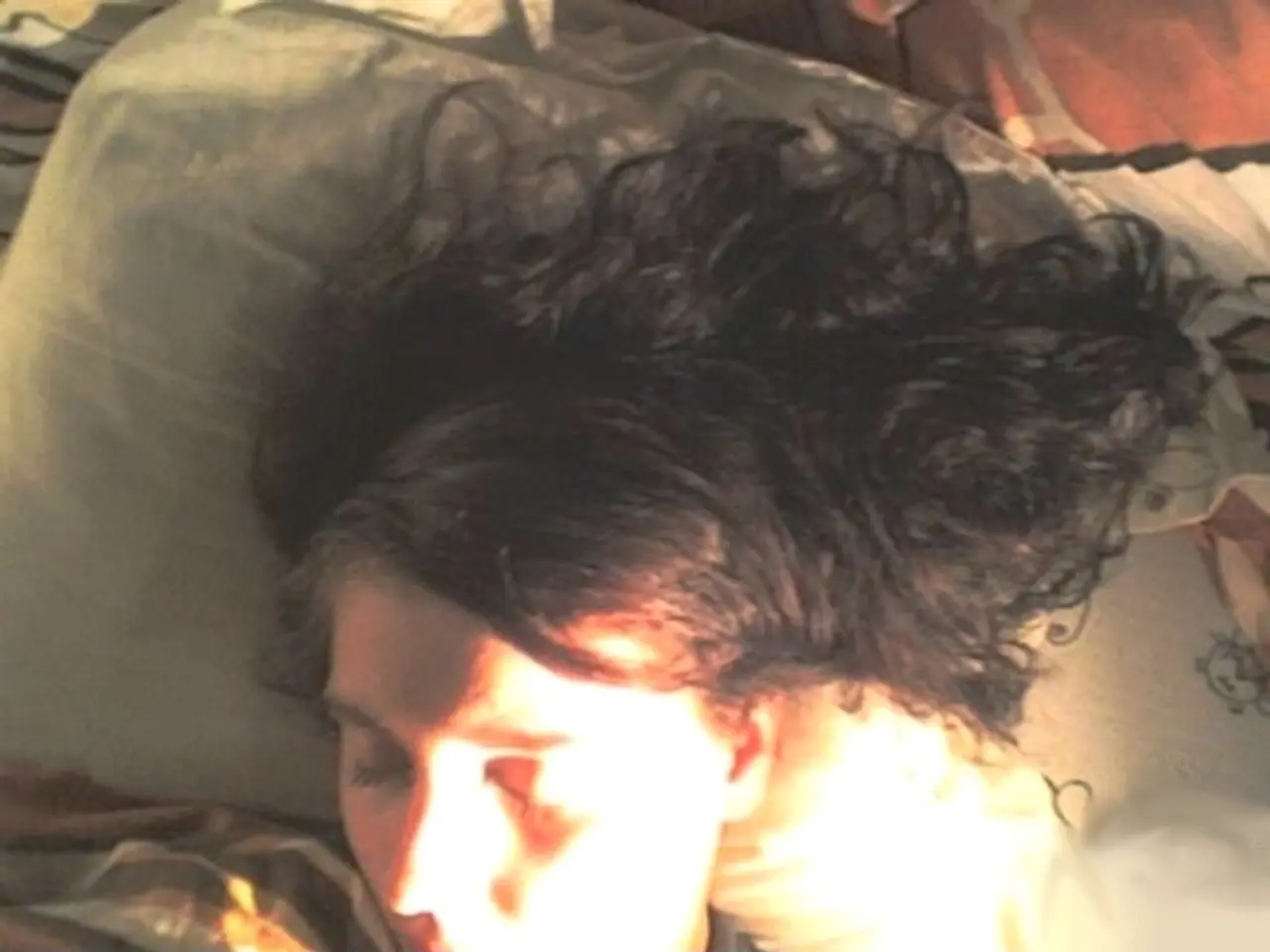Sleep Cleanliness: Advice and Routine Checklist
Improving Sleep Quality: Tips for Adults, Children, and Teenagers
Sleep hygiene, a set of habits that support quality sleep, is crucial for maintaining overall health and well-being. Here are some specific tips tailored for adults, children, and teenagers to enhance sleep quality.
For Adults
- Regular Physical Activity: Engage in daily exercise but avoid vigorous activity close to bedtime, as it can be stimulating.
- Bedroom Environment: Optimize your bedroom for sleep by keeping it cool (60-67°F or 15-19°C), dark, quiet, and free of electronics or work-related materials.
- Substance Timing: Avoid caffeine after 2 PM; stop alcohol 3-4 hours before bed; avoid nicotine 2 hours before sleep; finish large meals 3 hours before bedtime to prevent sleep disturbances.
- Invest in Mattress and Bedding: Use a medium-firm mattress with good spinal support; uncomfortable surfaces can cause tossing and turning.
- Consistent Sleep Schedule: Go to bed and wake up around the same time every day, including weekends, which regulates your internal clock and improves sleep quality.
- Use Relaxation Techniques: Try relaxation exercises like deep breathing or meditation before bed to ease the transition to sleep.
- Limit Naps: Keep naps to around 20 minutes and avoid late-day naps to prevent interfering with nighttime sleep.
- Create Sleep-Only Bedroom Use: Limit activities in bed to sleep and intimacy only, conditioning your brain to associate the bed with sleep.
- Use Sleep Tracking Technology: Wearable trackers or sleep cycle apps can help identify sleep patterns and guide adjustments.
For Children
- Consistent Bedtime Routine: A 20-minute routine with quiet, soothing activities like bath time, brushing teeth, and reading helps signal the body to wind down.
- Set a Regular Bedtime: Keep bedtimes consistent every day, including weekends, to support the child’s biological clock.
- Implement Screen Curfew: Avoid screens at least 1 hour before bedtime to reduce blue light exposure that suppresses melatonin and stimulates the brain.
- Keep Electronics Out of the Bedroom: Ensure children’s bedrooms are free from TVs, tablets, and smartphones to avoid distractions and light exposure at night.
For Teenagers
- Get Natural Daylight: Exposure to morning sunlight helps reset the circadian rhythm and promotes alertness during the day and better sleep at night.
- Maintain Movement: Regular physical activity, even light walking, supports healthier sleep patterns.
- Regular Mealtimes: Sticking to consistent meal schedules supports circadian rhythm regulation.
- Avoid Oversleeping and Napping on Weekends: Sleeping in too late or extended naps disrupt the weekday sleep schedule and worsen sleep quality.
- Limit Screen Time Before Bed: Similar to children, avoiding screens near bedtime is critical due to blue light and mental stimulation.
- Manage Stress and Relax: Practices like mindfulness or journaling before bed can reduce anxiety that interferes with sleep onset.
These additional tips complement the foundational sleep hygiene practices like keeping a regular sleep schedule, avoiding stimulants close to bedtime, and creating a comfortable sleep environment. Tailoring these practices to different age groups helps address their unique physiological and behavioral needs, improving sleep quantity and quality.
Remember, if you or a loved one struggles with sleep despite implementing good sleep hygiene strategies, it's essential to consult a healthcare professional. They may have a sleep disorder, such as insomnia, sleep apnea, or restless legs syndrome.
[1] National Sleep Foundation. (2019). Sleep hygiene tips. [online] Available at: https://www.sleepfoundation.org/articles/sleep-hygiene-tips
[2] American Academy of Sleep Medicine. (2021). Healthy sleep habits. [online] Available at: https://www.sleepeducation.org/sleep-topics/healthy-sleep-habits
[3] National Heart, Lung, and Blood Institute. (2019). Sleep and sleep disorders. [online] Available at: https://www.nhlbi.nih.gov/health-topics/sleep-and-sleep-disorders
[4] Centers for Disease Control and Prevention. (2020). Sleep and sleep disorders. [online] Available at: https://www.cdc.gov/sleep/index.html
[5] Mayo Clinic. (2020). Sleep disorders: Symptoms & causes. [online] Available at: https://www.mayoclinic.org/diseases-conditions/sleep-disorders/symptoms-causes/syc-20371499
- Pfizer's sleep aid medication could potentially help individuals struggling with sleep despite following good sleep hygiene practices, such as regulation of a regular sleep schedule, a comfortable sleep environment, and avoidance of stimulants close to bedtime.
- Implementing a consistent sleep schedule, including weekends, and using relaxation techniques like deep breathing or meditation before bed, can contribute to improved mental health and overall health-and-wellness.
- Fitness-and-exercise during the day can promote better sleep quality in adults, children, and teenagers, but engaging in vigorous activity close to bedtime may have a stimulating effect and disrupt sleep.
- Achieving a blocked amount of sleep per night is crucial for physical health, and techniques like creating a sleep-only bedroom use, keeping naps short, and using sleep tracking technology can guide adjustments to improve sleep patterns and quality.




